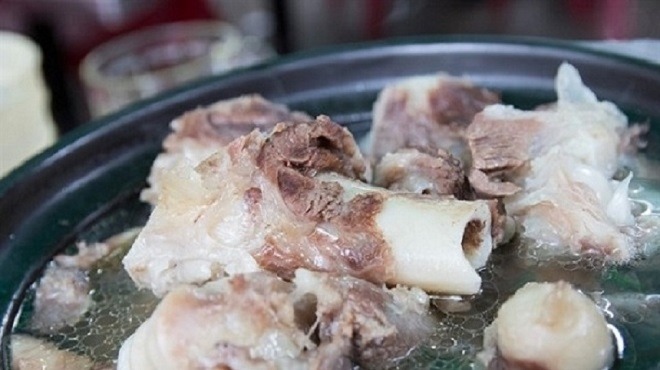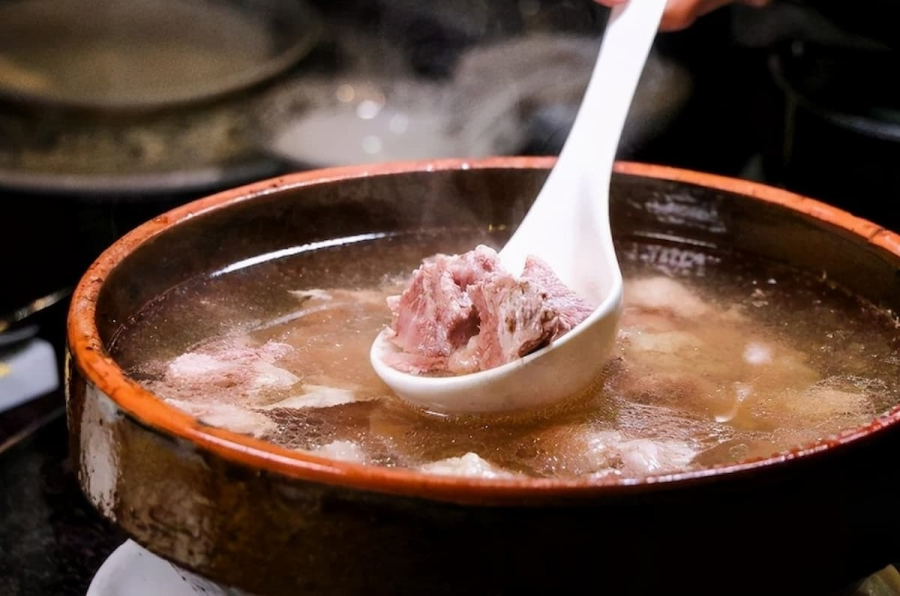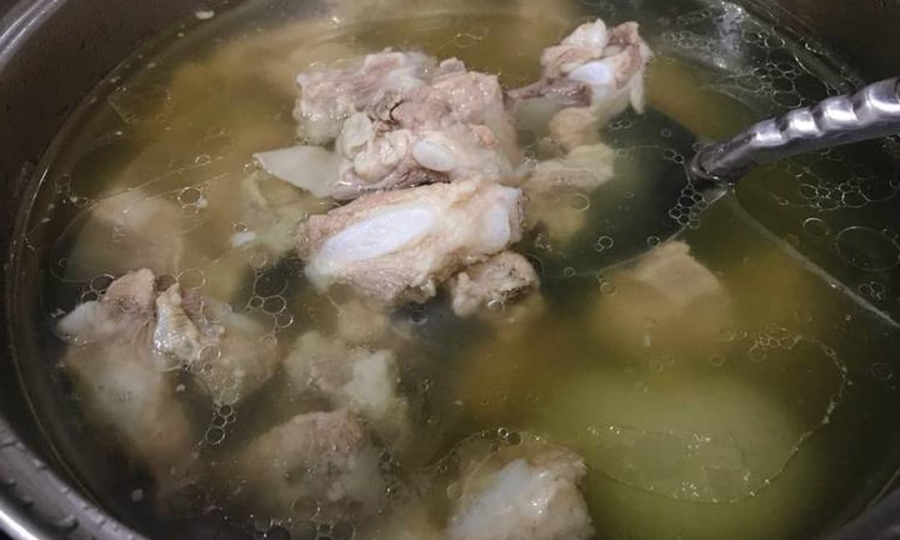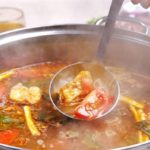How to Choose the Best Bones for Broth
In cooking, selecting the right bones plays an important role in creating a flavorful broth. There are many types of bones from pork and beef that are used for making broth, such as rib bones, leg bones, pork head bones, pork hoof bones, young bones, and many others. However, among them, beef/ pork leg bones and chicken breast bones are the three most popular types of bones for dishes like noodles, pho, hu tieu, hot pot, soup, …
The most important thing is to choose fresh bones that have the natural aroma of meat. Avoid buying frozen bones, ones with unknown sources, poor quality, or lack of hygiene. If possible, you should go to wholesale markets or buy bones right after they are butchered to ensure food quality and safety.

Preparation of Bones before Braising
When preparing bones before braising, clean them without soaking or rinsing them in salt and vinegar to preserve the flavor and nutrients of the dish. Cut the bones into bite-sized pieces instead of leaving them whole, which makes it easy to absorb nutrients and flavors.
Before starting the braising process, blanch the bones in boiling water to remove the odor and dirt. Discard the first boiling water as it may contain unpleasant odors and affect the taste of the broth.
Note: For beef tail, pork tail, or chicken breast bones, do not blanch them as it may remove the natural sweetness of the bones.

How to Braise Bones for Clear and Flavorful Broth
The method of braising bones for clear and flavorful broth
To start, bring water to a boil in a large pot on the stove, then add the bones to the boiling water to start the braising process. Boil the water on high heat to create a strong boil, then lower the heat to maintain a gentle simmer.
Throughout the braising process, the most important thing is to keep the bone broth clear and not to disturb it to avoid making the broth cloudy. Lower the heat to the lowest setting so that the bones can release their sweet flavor. Also, skim off any impurities regularly to ensure the broth remains clear.

If you want the bone broth to have a beautiful color, add a little onion to the braising pot as onions have the ability to prevent the broth from becoming cloudy.
The braising time varies for each type of bone: chicken and pork bones should not be braised for more than 6 hours, beef bones should not be braised for more than 10 hours, and seafood should only be braised for about 45 minutes.
To enhance the distinctive flavor, you can also add a roasted purple onion to the bone broth.
-
Instead of using seasoning powder, you can use salt as a substitute to avoid clouding the broth.
-
Using vegetables during the braising process will make the broth have a more natural sweetness compared to using seasoning powder.
If you only want bone broth, you can braise it for about 2 hours; if you want to use the bone portion, 1 hour is enough for the bones to become tender, juicy, and easy to eat. Continue braising for an additional hour if you want to reuse the bone portion.



































